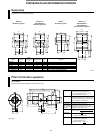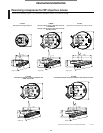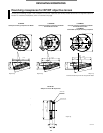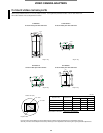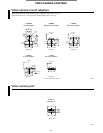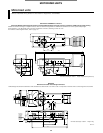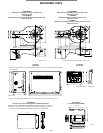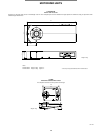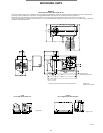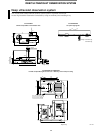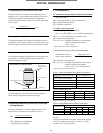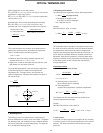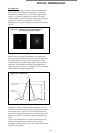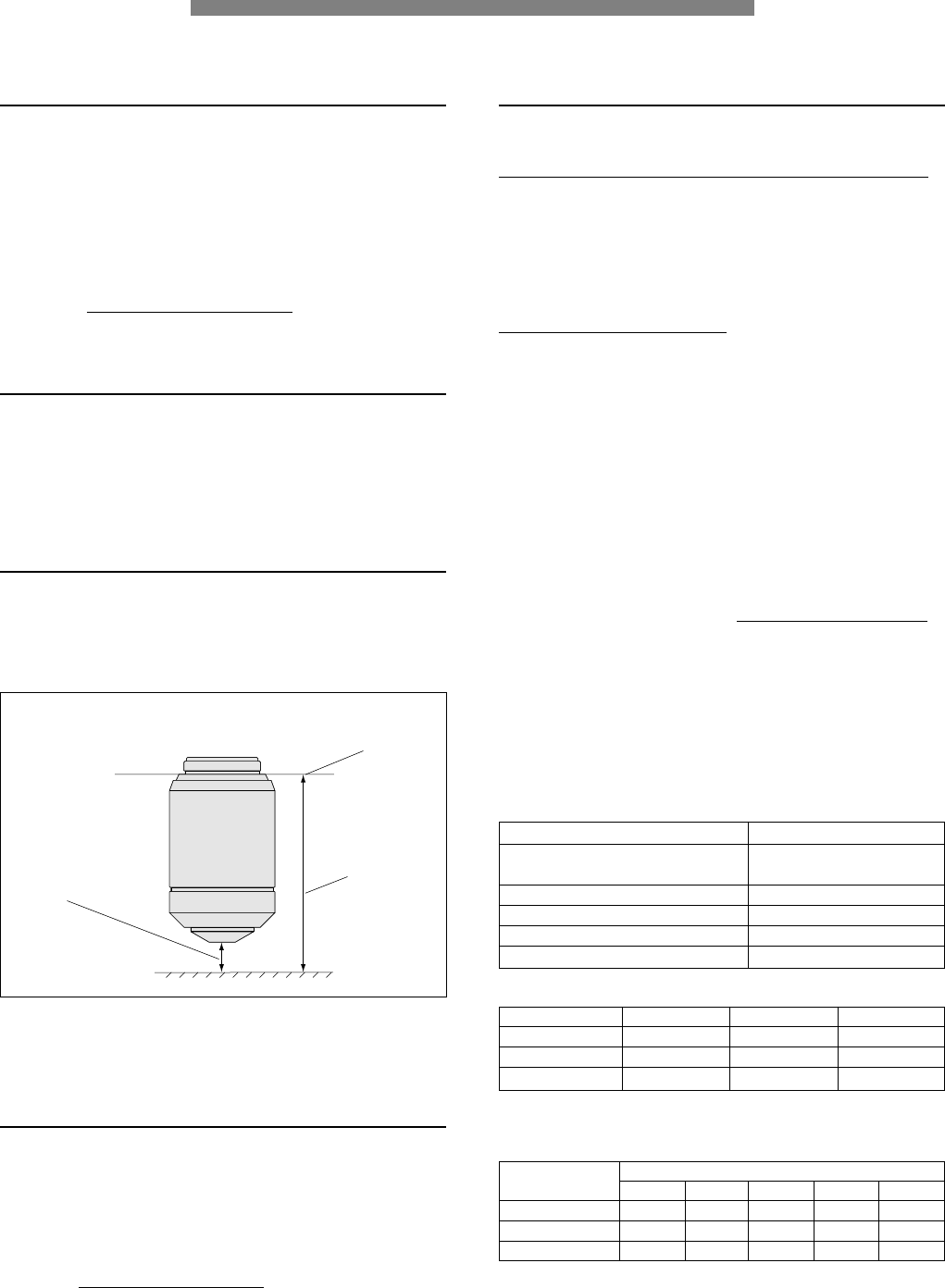
1. Field Number (F.N.) and Practical Field of View
The field number (F.N.) is referred to as the diaphragm size of
eyepiece in mm unit which defines the image area of specimen.
The diaphragm diameter actually seen through eyepiece is
known as the practical field of view (F.O.V.) which is determined
by the formula:
F.O.V. =
Eyepiece F.N.
(mm)
Objective lens magnification
2. Working Distance (W.D.)
The distance between the front edge of the objective lens and
the specimen surface (with the surface of the cover glass in case
of the cover glass objective lens) when the specimen is focused.
3. Parfocal Distance
It is the distance between the objective lens mounting plane and
the specimen. In UIS2/UIS objective lenses, the parfocal
distance is designed at 45mm.
For parfocal distance of the LCPLFLN-LCD series objective
lenses, refer to the appropriate objective lens page.
4. Relationship between the objective lens's focal length
and magnifications
Indicated magnifications of UIS2/UIS objective lenses are the
values when the focal length of the tube lens is 180 mm.
M
(ob)=
Focal length of tube lens
f
M(ob): Objective lens magnification
f: Objective lens's focal length
5. Total Magnification
5.1 Observation through eyepiece (binocular observation)
M(bino)=
M
(ob)×
M
(oc)
M(bino): Total magnification for binocular observation
M(ob): Objective lens magnification
M(oc)
: Eyepiece magnification
5.2 Video monitor observation
● Total magnification for video monitor
M(video monitor)=
M
(ob)×
M
(
video camera adapter
)×Monitor magnification*
M(video monitor)
: Total magnification on the video monitor
M(ob)
: Objective lens magnification
M(video camera adapter): Projected magnification for video camera
adapter including photo eyepiece
(refer to Figure 1)
* Refer to Figure 3 for "Monitor magnification"
● Practical field of view for video monitor observation
M
(ob): Objective lens magnification
M
(video camera adapter): Projected magnification for video camera
adapter including photo eyepiece
(refer to Figure 1 for projected magnifications)
* Refer to Figure 2 for image device size
Example
What is total magnifications for video monitor when objective
lens is 50x, video camera adapter U-TV0.5xC, 2/3" video
camera and 21" monitor are used ?
OPTICAL TERMINOLOGY
43
Working distance and parfocal distance
Working Distance (W.D.)
Parfocal distance
Objective lens
mounting position
Focal plane
Figure 1 Video camera adapter and projection magnifications
Video camera adapter (Projection lens)
Projection magnifications
U-TV1x-1 + 1x
video camera mount adapters
U-TV0.63xC 0.63x
U-TV0.5xC-3 0.5x
U-TV0.35xC-2 0.35x
U-TV0.25xC 0.25x
Figure 2 Imaging device size
Camera format Diagonal Horizontal Vertical
1/3" 6.0mm 4.8mm 3.6mm
1/2" 8.0mm 6.4mm 4.8mm
2/3" 11.0mm 8.8mm 6.6mm
The above table is for standard image device sizes.
Check your device size for precise calculation.
Practical field of view for
=
Image device size *
video monitor observation
M(ob)×M(video camera adapter)
Figure 3 Imaging device size and monitor magnifications
Camera format
Monitor size (diagonal)
10" 15" 17" 19" 21"
1/3" 42.3x 63.5x 72.0x 80.4x 88.9x
1/2" 31.8x 47.6x 54.0x 60.3x 66.7x
2/3" 23.1x 34.6x 39.3x 43.9x 48.5x



